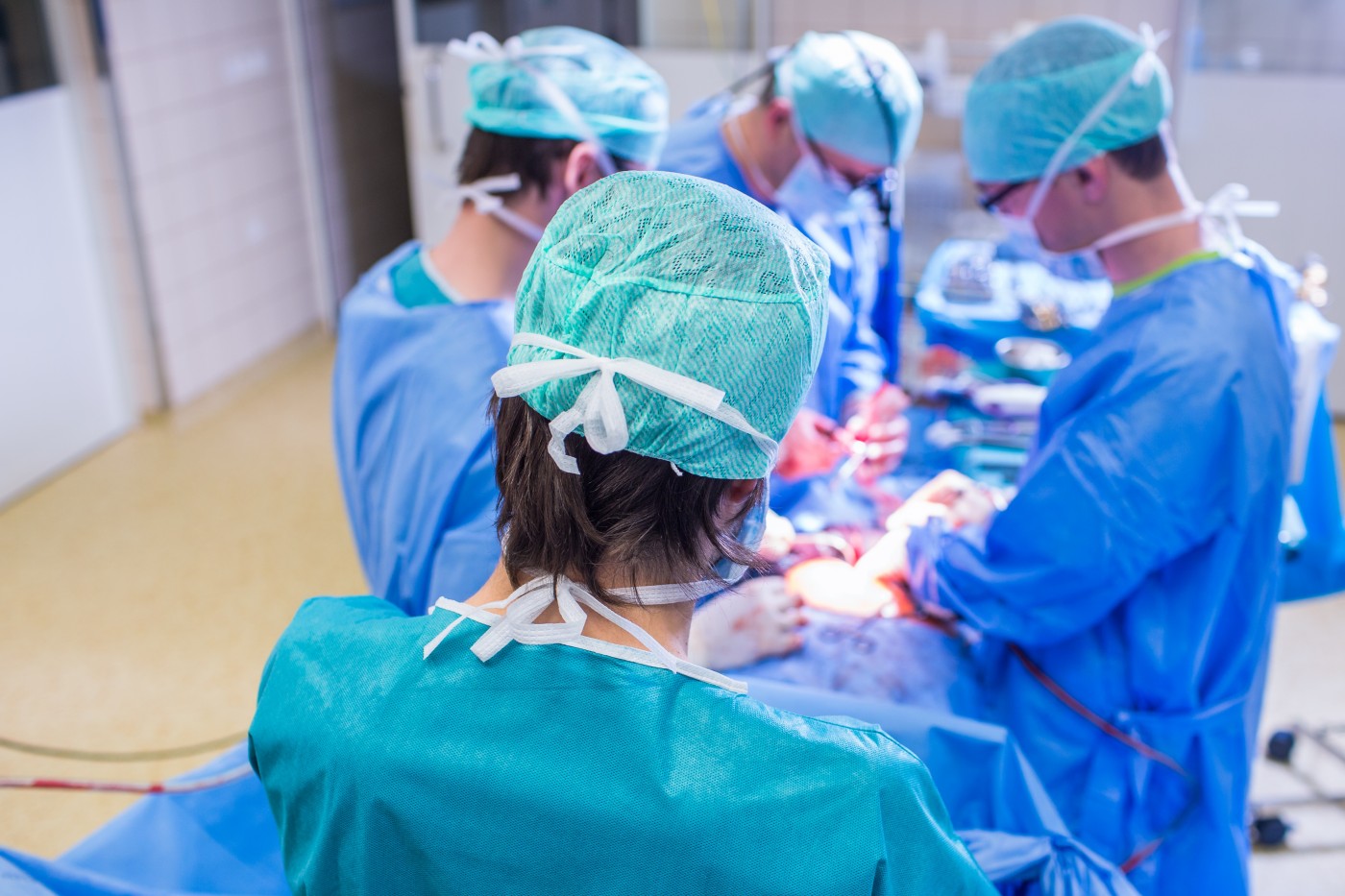The use of sternum support devices has been shown to be effective in the treatment of cardiac patients, particularly in offering pain relief during coughing and deep breathing exercises after cardiothoracic surgery. These conclusions are from a study conducted at the Wake Forest University Baptist Medical Center in Winston-Salem, NC that focused on sternal support in the outpatient cardiac rehabilitation setting.
Due to the fact that about four percent of readmissions at Wake Forest University Baptist Medical Center after cardiac surgeries are related to sternal wound dehiscence or infections, the cardiothoracic surgery team at the center studied the effectiveness of sternum support devices in a group of high-risk patients. The patients were randomly chosen and compared to a control group in the hopes of reducing readmissions and improving patient compliance.
Risk factors that can cause sternal complications include patient non-compliance with the precautions needed after open heart surgery, such as supporting the sternum when deep breathing and coughing, and avoiding lifting over 10 pounds, pushing or pulling. The use of a sternal support harness offers circumferential sternal support during both movement and activities, increasing compliance.
Immediately following extubation, a group of patients with diabetes with a weight greater than 250 pounds, large chest, and/or pendulous breasts who underwent a sternotomy and that used bilateral mammary arteries for coronary bypass grafts were given a sternum support device. Then the physicians taught the patients, families and nurses how to properly use it, and patients tested the device for three to four weeks after discharge.
At the time of postoperative visit, patients were questioned about the level of pain experienced and the overall result revealed a decrease in pain, as well as increase in mobility and compliance regarding precautions. From the 19 patients using the device, only two were readmitted with sternal wound infections and the average length of stay in the hospital was three days, while in the control group four out of 19 were readmitted and the average stay was three weeks to three months.
The Wake Forest University Baptist Medical Center announced that the results of the study were used at the facility to support the decision of the hospital’s Product Evaluation Committee to implement the use sternum support devices on high-risk patients, which includes 30 to 40 percent of the adult patients treated with cardiac surgery at the center.
A different study conducted by the cardiothoracic surgeon R. Hamerlijnck at the Hospital Maria Middelaresse in Gent, Belgium, had already revealed the effectiveness of sternum support devices in mitigating the pain after open heart surgery patients as a non-medicinal means of adding support to the sternum, avoiding the intense pain caused by movement during the recovery process.


